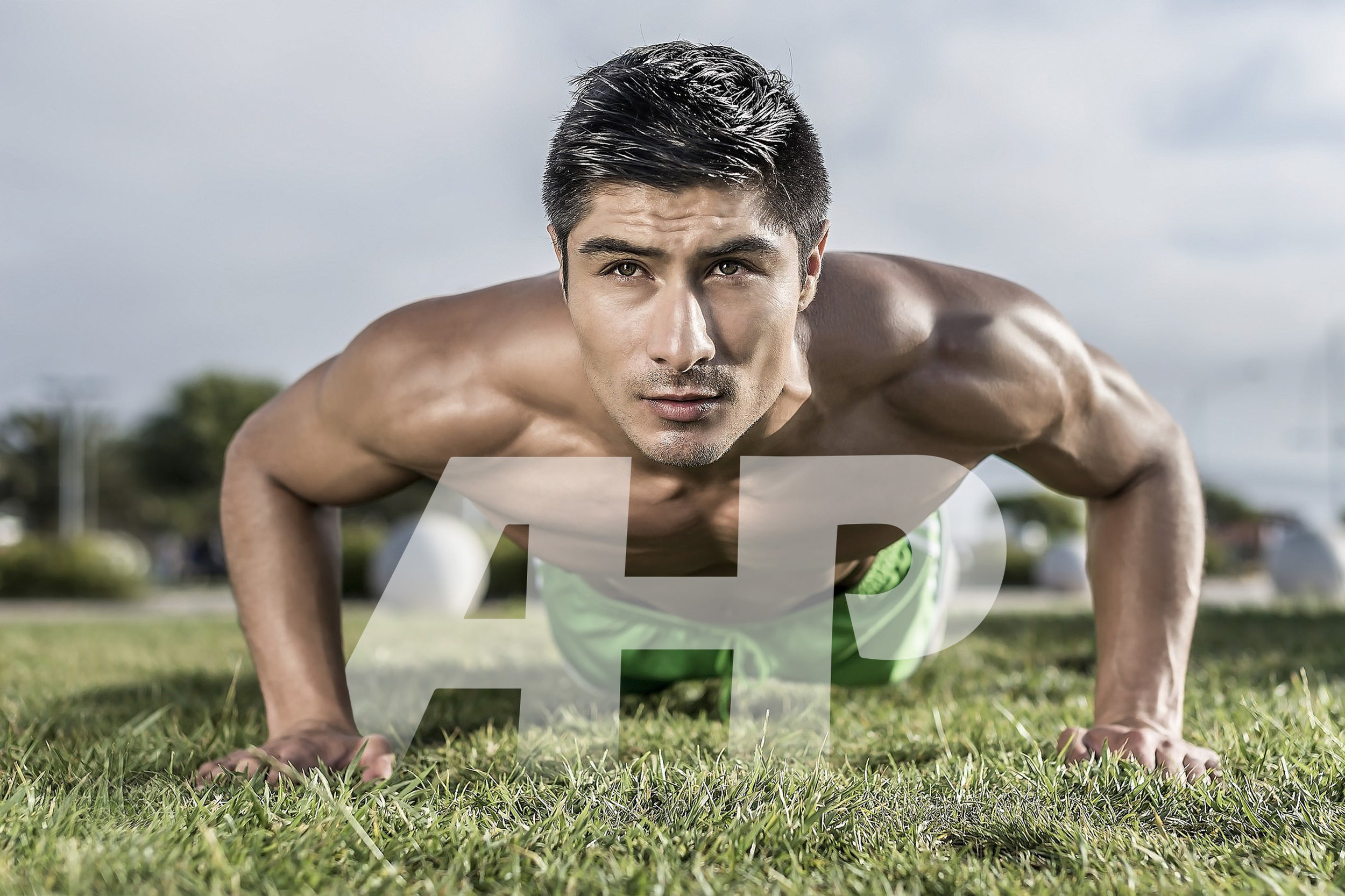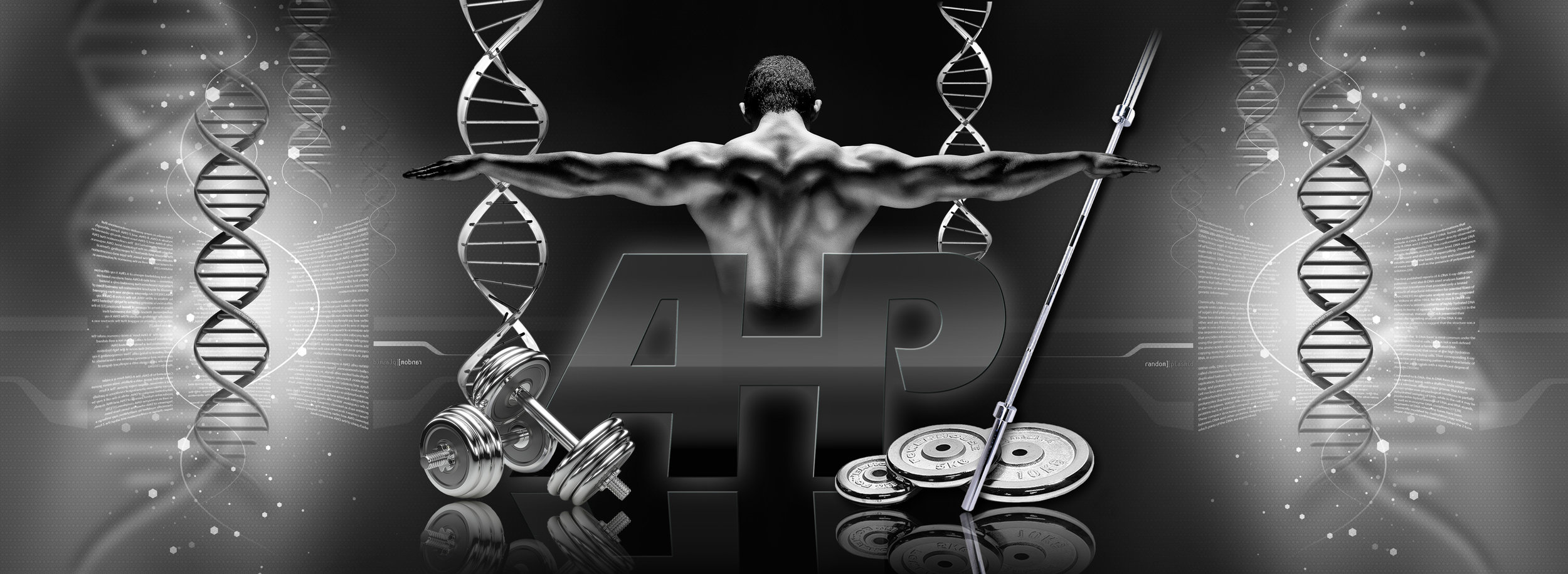Strength Training For Adolescent Athletes: 15 Critical Pointers
Dr. Joel Seedman, Ph.D.
The topic of training children and adolescent athletes is always controversial as there is quite a bit of inconclusive and mixed data. Some literature suggests that certain forms of strength training could potentially harm a developing adolescent’s bone structure. However, this has largely been debunked over the years provided smart and sound training protocols are implemented.
Other literature highlights the importance of developing various biomotor capabilities early in the athlete’s training such as balance, stability, mobility, motor control, body alignment, symmetry, posture, and body awareness as these are key factors that not only improve overall athleticism but can also act to prevent injuries throughout the athlete’s career. This is even more pertinent given the fact that more and more adolescent athletes appear to be suffering from numerous forms of injuries and structural damage that up until recently had predominantly only been seen in more mature athletes.
In this article I’m going to highlight the various training methods I implement with my adolescent athletes based on experience as well as scientific literature. These are strategies I’ve successfully used not only to improve performance in these developing individuals but also to prevent injury.
Here is an example of a couple of my young 12 year old athletes Ryan and Michael who I’ve been working with for the last few months to improve their athletic performance and body mechanics.
With that said, here are my 15 most important pointers and tips for training adolescent athletes and children.
1. Start very basic and simple. As with most of my clients I recommend beginning with basic postural drills, single leg stands, planks, bodyweight squats, bird dogs and other simple drills to reinforce proper body alignment. The goal is to set the foundation early on before introducing resistance exercises or higher load/higher impact movements.
2. Don’t jump into strength training too soon. I generally make it a rule that I won’t work with athletes under 15 years of age not so much because of physical limitations or constraints but more so because of the mental component. The type of training I have my athletes do, whether they’re 12 or 70 years old, involves a very high level of mental engagement and cognition as a majority of everything we do involves very meticulously executed eccentric isometric holds.
That’s because eccentric isometrics are the single most effective training strategy for mastering proper technique and body mechanics. However, the level of focus needed to perform these correctly is inordinately high. Oftentimes younger athletes have not matured enough mentally, emotionally, and psychologically to participate in this type of training. Some athletes may be ready by 10 years of age, while others may need to wait until they’re more mentally and cognitively mature. The last thing we want is to have young adolescent athletes performing strength exercises with faulty mechanics.
3. Focus on the basic foundational movements. Regardless of whether or not it’s an adolescent athlete, intermediate, or highly advanced pro athlete, 80% of everything I do with my clients and athletes is centered around the basics. This is particularly true during the first 6 months of the training process. Before we’ll attempt any of the more advanced variations you see me routinely post, they must first earn the right to perform these unique variations by mastering the daylights out of the basic foundational movement patterns with eccentric isometrics. Only then do we periodically incorporate more unique advanced versions without actually replacing the basics.
4. Keep the weight light to moderate. Loading young athletes with heavy weights is not only unnecessary but likely counterproductive. This is particularly true for adolescent athletes that have not yet hit puberty. In fact until they’ve reached puberty, most athletes will be unable to gain significant muscle mass. Therefore, a majority of the adaptations will be neuromuscular. With this in mind heavy weights aren’t necessary to produce the desired results.
Although the idea that athletes can stunt their growth with strength training has been largely debunked, there’s likely still a hint of truth to this. In fact, I would argue that it comes down more so to the athlete’s technique as heavy loads combined with faulty mechanics could potentially damage their growth plates. Simply put, focus on light to moderate loads using textbook mechanics and precisely executed eccentric isometrics. Once adolescent athletes have hit their large growth spurts and moved past the latter stages of puberty, periodically employing slightly heavier loads is acceptable to help maximize muscle growth and strength. However, it’s absolutely critical that proper form and technique be employed on each and every rep of every set.
5. Keep the reps low. The ultimate goal of strength training for young athletes is to improve body mechanics and neuromuscular efficiency. When an athlete (especially a younger one) knows they only have a handful of reps to complete each set they’ll more likely attend to the various cues and coaching tips you provide them. Loads of high reps with long exhausting sets will do little except fatigue the athlete causing their form and mechanics to break down. Additionally, they’ll be less likely to focus on technique and body mechanics as they’ll simply be using any and all means necessary to get through their sets including cheating with a variety of compensation patterns.
Keeping the reps low (2-5 reps pet set) with ample rest between sets ingrains the idea of giving 100% mental focus, effort, and maximal exertion every single rep. Simply put, minimize excessive fatigue and focus more so on quality of work rather than quantity. Additionally, teach the athlete what true intensity really means by reinforcing the concept that it’s not the quantity but rather the high quality of work that creates the desired intensity. Quantity, fatigue, and excessive volume, are the last things we’re worried about.
6. Make the training fun. Many coaches and trainers approach working with younger athletes or athletes in general like military boot camp. Unfortunately, this creates a negative stigma around training. Although it’s important to reinforce the idea of producing maximal intensity, focus, and effort every set, we also want the athletes to look forward to their training as this will more likely ensure long term training success and adherence. Don’t be afraid to let them have fun especially in between sets and during rest periods.
7. Give manageable homework. The younger the athlete, the more pliable their nervous system. Since the goal is proper neuromuscular education and optimal activation patterns, a few basic activation drills can go a long way to help them reinforce proper technique and alignment between strength training sessions.
8. Teach them proper dietary strategies early on. Instilling proper eating habits is critical not only for the developing adolescent’s athletic performance but also for long-term health and wellness. Set the stage early in life by teaching simple, easy to follow, healthy dietary principles. Additionally, I don’t recommend many sports supplements except for high quality protein powders, protein bars, fish oil, and multi vitamins.
9. Video and watch. Visual learning tools and mental imagery techniques have a large impact on an adolescent athlete’s developing mind. In fact, recording their form during an exercise then having them watch it as a means of additional instruction is one of the most effective coaching strategies there is.
10. Demonstrate and impress. It may sound a bit cheesy and superficial but earning a kid’s respect by making a strong impression on them can go a long way in terms of the coaching process. I’ll periodically demonstrate a heavy set of a particular movement for my athletes so they can visually see what proper form with heavy loads looks like. You’d be surprised how effective something like this can be, oftentimes being more impactful than hours of coaching as you’ve now made a lasting visual impression on their brains that they’ll be trying to emulate from that point on.
11. Don’t emphasize Olympic lifting. Unless they’re goal is to train for the sport of Olympic weightlifting, there’s no need to focus on the Olympic lifts. Periodic implantation of hang cleans and snatches is ok provided they use proper form, however, the amount of time it takes to master technique on these skill oriented lifts is oftentimes not worth it.
Most adolescent athletes will benefit more from focusing on basic foundational movements such as squats, press, pulls, hinges, and lunges while using simple jumps and medicine ball tosses to work on explosive power. Additionally, if you do happen to teach them Olympic lifts, don’t emphasize dropping under the bar as this can often teach aberrant squat mechanics with excessive depth and anterior knee drift not to mention producing very high impact on their developing structures. Focus instead on powerful hip extension with a semi-tall catch.
12. Train human specific, not sport specific. At this age there’s really no reason to train the athlete in an overly-sport specific manner as the practice of their sport will provide all of the necessary transfer they need. Instead, focus on training human specific skills by teaching them proper technique on foundational movements patterns that will positively transfer to any sport they desire to participate in. Ironically most collegiate and professional athletes would benefit from this approach as well.
13. Educate and inform. Young athletes are surprisingly in tune with the human body provided they’re properly educated. Rather than mindlessly having them go through a movement, teach them why they’re performing the drill, and the basic concepts of how such training will transfer to their athletic performance capabilities. Once they understand why they’re doing something they’ll more likely buy into the program and enjoy the process. This will inevitably help them maximize their training for the rest of their athletic career.
14. Have them teach and coach. Teaching a skill is one of the best ways to master it. This concept is just as true if not more so when it comes to helping kids master their own body mechanics. Simply having an adolescent athlete teach another athlete, or even having them walk you through a particular movement, can do wonders for reinforcing proper technique and mechanics into their own nervous system.
15. Train barefoot or in minimalist conditions. Foot and ankle activation is one of the most neglected and undervalued components of performance and fitness. Unfortunately, by the time an athlete has moved into their later teenage years many of the aberrations in their feet and ankles are much more difficult to correct. By targeting these components early in the athlete’s development not only can we directly impact their athletic performance to a greater degree, we can potentially save them from developing many foot and ankle-related problems later in their careers.
Note About Training Athletes
As a coach, people often ask me who my favorite types of clientele are to work with. My answer has and always will remain the same. My favorite clients are the ones who are willing to give me their complete undivided attention with 100% mental engagement, demonstrating their true desire to become masters of the iron game, and more importantly masters of their own movement and body mechanics. I would rather train a 12 year old athlete who holds these attributes then an all-star hall of fame athlete who’s mentally complacent in their training.
If you’re looking for an appropriate strength and conditioning routine that will help adolescent athletes master their body mechanics in a safe and efficient manner while also improving athletic performance, check out my Beginner Blitz Routine.











































